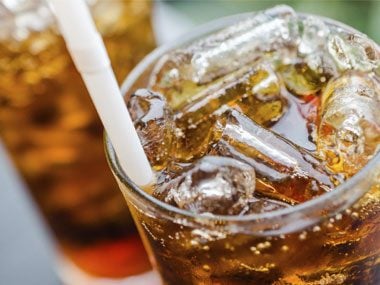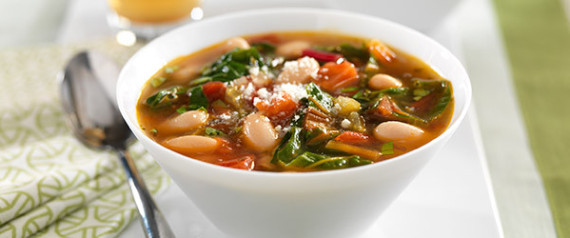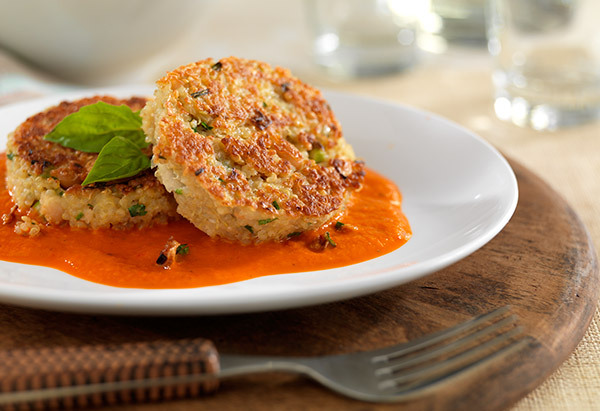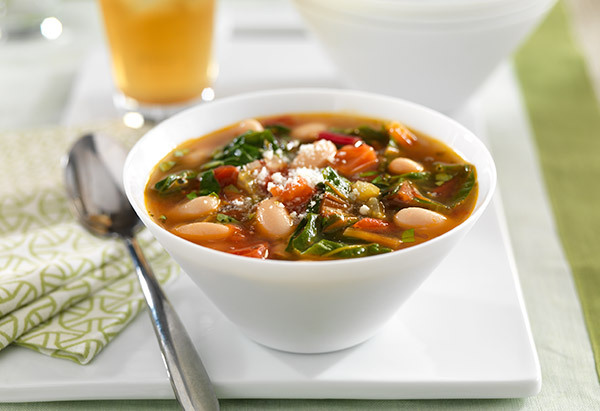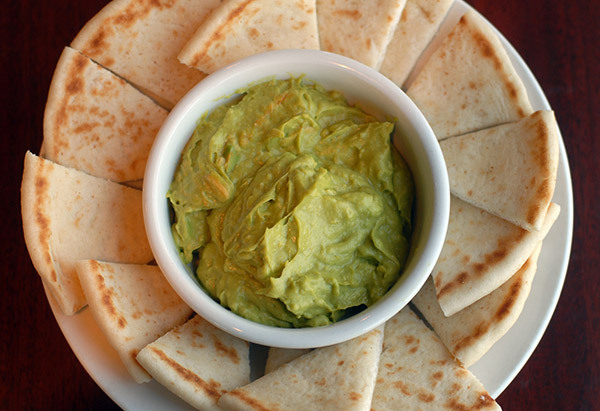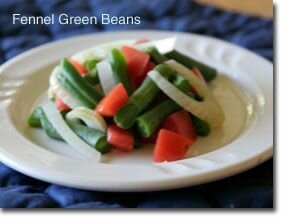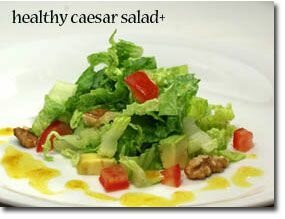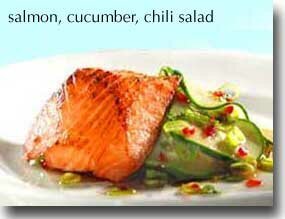This month I’m reflecting on reliability. You know reliability. It’s that wonderful quality some people have that means they do what they say they will do. They not only do it, but they do it when they say they will, with a sense of commitment and a positive attitude. They are trustworthy and their word is their bond.
I’m reflecting on this lovely quality because it seems to be increasingly rare these days. At least in my world, with the business/trades people I’ve dealt with recently.
My husband and I are having some work done on our house and I can’t count how many times various contractors have told us they would show up or do something, and it just never happens. We talk with them, are compassionate about all the reasons they couldn’t follow through, and wait patiently for them to honor the next commitment they make.
After several times of believing and being let down, we have become disillusioned and have stopped being patient and started insisting they honor their obligation. It makes for a strained working relationship and is a terrible business practice. Also, by being unreliable these folks have insured that they have lost any business that may have come their way by our referrals.
Then there is Jasmine, the wonderful young woman who cleans my house twice a month. She is so reliable that she not only shows up on time, every time, but in the rare instance when she is stuck in freeway traffic, she calls to let me know she’ll be 3-5 minutes late.
When she arrives she acts like she’s happy to be here and does a great job. I know I can rely on Jasmine to do what she says she will, and this creates trust in other areas. As a result I not only recommend her as an excellent house cleaner, but also as a great house sitter, pet sitter, etc. By just being herself and honoring her word, Jasmine is nurturing our relationship and creating an excellent reputation.
So, I often ask myself, what kind of reputation am I creating in my life and business? Am I reliable and trustworthy? Do I deliver exactly what I say I will, on time, every time and with a positive attitude? Am I reliable in my personal life? Can people trust that I will be there when I say I will, with a smile on my face ready to do what needs to be done?
Reliability is about trust, and may be an old fashioned concept but it makes a world of difference and never goes out of style.
Sandra Abell
Sandy is the author of several books. Her latest book Feeling Good About You is just being released and you can get your copy here. She
is an educator, speaker and a Licensed Professional Counselor. She
specializes in working with executives, business owners, professionals,
entrepreneurs and people in transition. Sandy publishes a free monthly
newsletter entitled Focusing On Your Success. Please visit Sandy on her
website at www.insidejobscoach.com.



